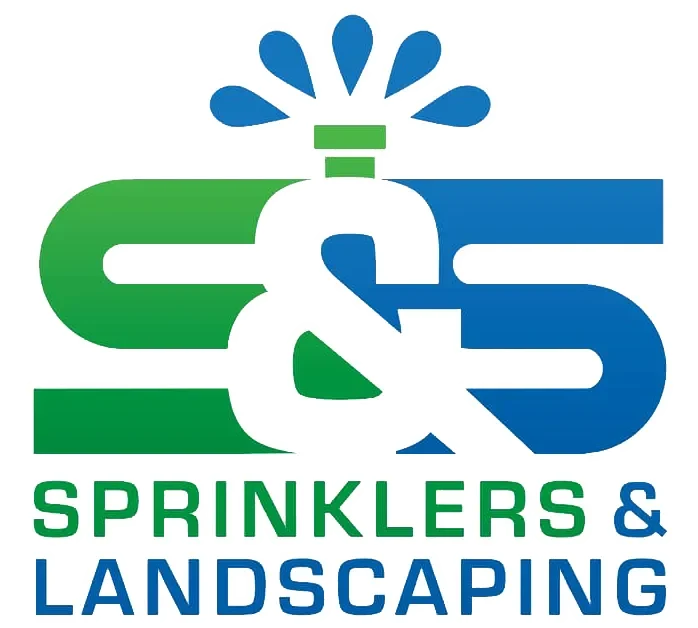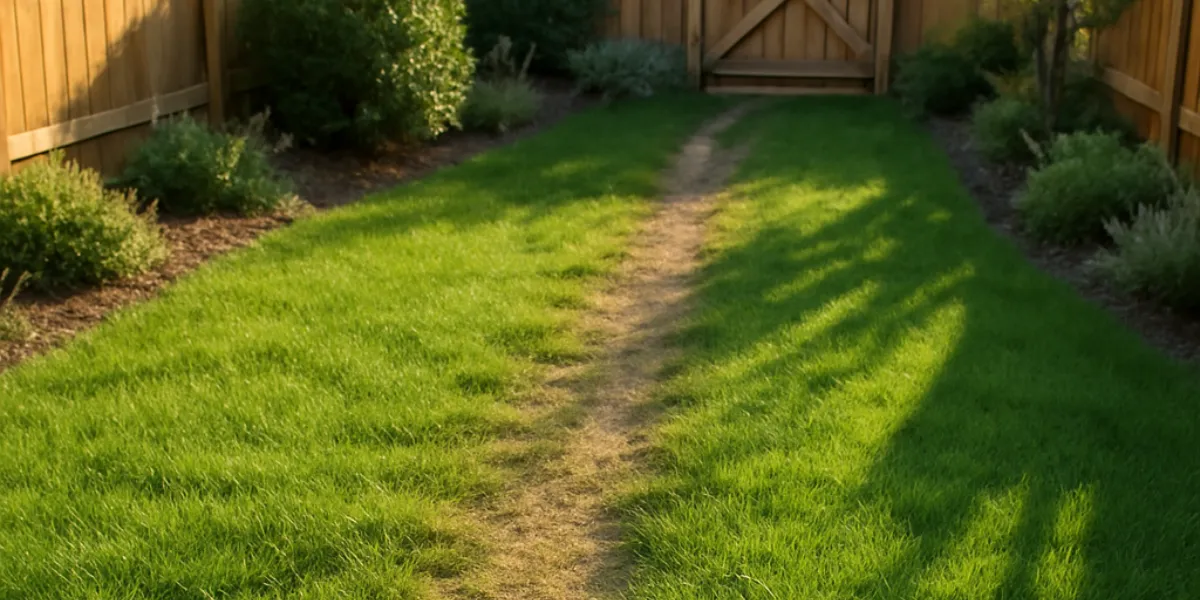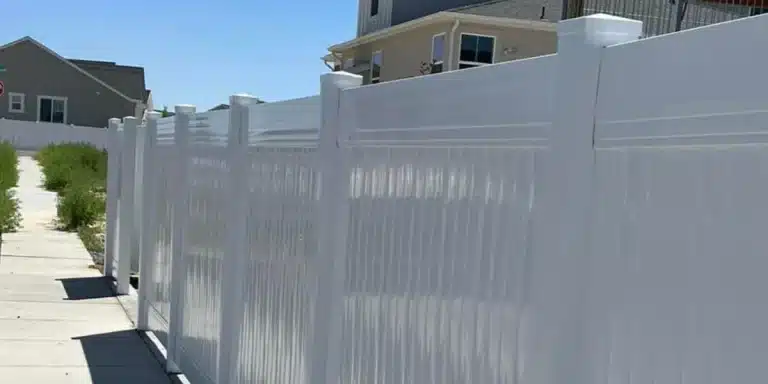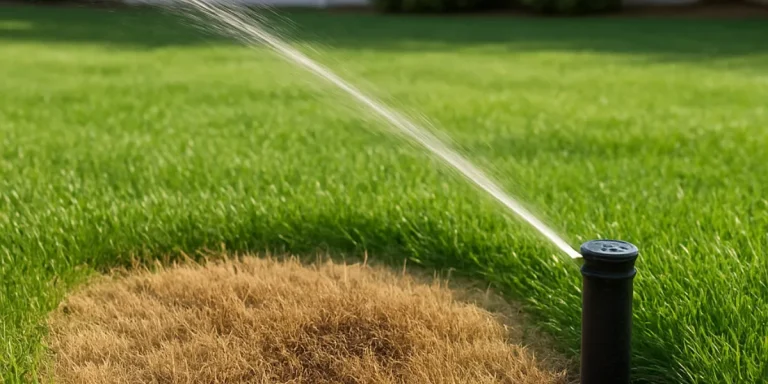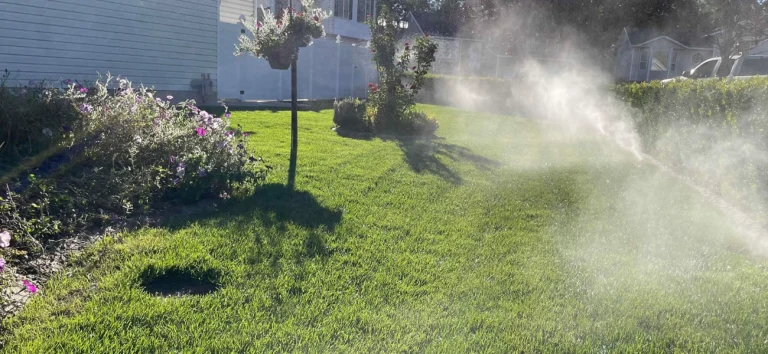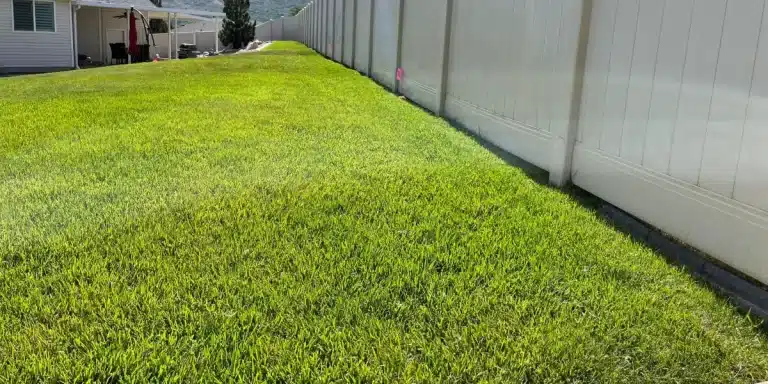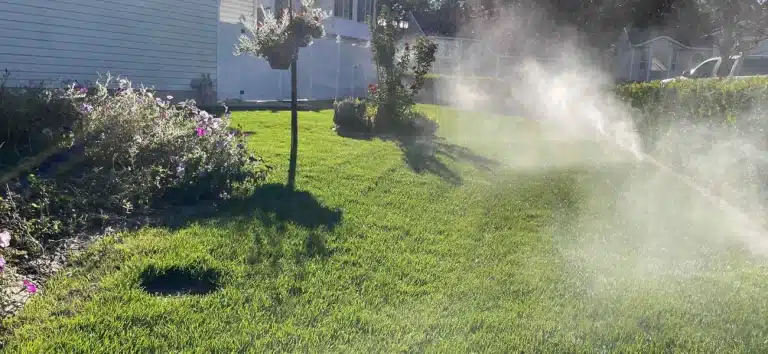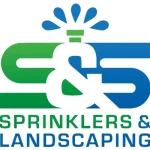Preventing Lawn Damage From Pets or Foot Traffic
Your lawn is more than just grass—it's an important part of your home's curb appeal and outdoor lifestyle. But even the healthiest lawns can suffer when exposed to heavy foot traffic or pets. If your grass is wearing thin, developing bare spots, or turning yellow in certain areas, your daily activity might be to blame.
At S&S Sprinklers, we help homeowners across Ogden and surrounding areas keep their lawns green, healthy, and functional—even with pets and active families. Here's what you need to know about identifying damage and preventing it before it gets worse.
How foot traffic affects your lawn
Your lawn might look strong on the surface, but it’s surprisingly vulnerable to repeated foot traffic. Every time someone walks across the grass—whether it's kids playing, guests cutting across the yard, or just regular trips to the garage—the soil underneath experiences pressure. Over time, that pressure compacts the soil and prevents the grass from thriving.
Why lawns break down under foot traffic
Healthy grass needs three things to grow: sunlight, water, and air. When soil becomes compacted from frequent foot traffic, it limits the space available for water and air to move through the soil and reach the roots. Without these essential elements, your lawn begins to weaken, especially in areas already stressed by:
-
- Poor drainage
- Underperforming sprinkler zones
- High clay content in the soil
Once the grass starts to thin or die, the soil is exposed—making it even more vulnerable to erosion and further compaction. What starts as a barely visible trail can quickly become a dusty or muddy path depending on the season.
Signs of lawn damage caused by foot traffic
Some signs are easy to miss at first. Keep an eye out for:
-
- Worn paths where grass is thinning or disappearing
- Soil that feels rock-hard, especially when dry
- Water runoff or puddling in low areas along common walking routes
- Brown or yellowing patches that don’t improve with watering
In some cases, the damage is gradual—what looks like slightly thinner grass one month may turn into a bare path the next.
High-traffic zones to monitor
Foot traffic damage tends to show up in predictable places. These include:
-
- Between your patio and side gate — a common shortcut that people take daily
- Paths leading to sheds, trash bins, or detached garages
- Areas near play equipment or backyard seating where people gather or move frequently
- Along fences where pets pace or patrol the perimeter
If your lawn has one or more of these high-use areas, taking steps to protect or reinforce them can prevent long-term damage.
Long-term impact of ignoring the problem
When compacted soil and worn turf are left untreated, it can lead to:
-
- Drainage problems, as water collects in ruts or low spots
- Weed growth, since many weeds thrive in compacted or bare areas
- Soil erosion, especially on slopes or during heavy rainfall
- Higher lawn care costs, due to repeated reseeding, topdressing, or sodding
In addition, compacted areas are much harder to rehabilitate later. That’s why early intervention is key—especially if you want to preserve your lawn’s appearance and functionality.
How pets damage your lawn
Dogs are the most common culprits of lawn damage. Their urine contains high concentrations of nitrogen and salts, which can burn grass and cause dead patches. Digging, running, and pacing along fences can also wear out turf in those areas.
Signs of pet-related lawn damage:
-
- Circular yellow or brown spots surrounded by dark green grass
- Trails along fences or around trees where pets repeatedly run
- Holes or torn-up patches from digging
Why dog urine causes burn spots:
-
- The high nitrogen acts like an overdose of fertilizer
- Over time, the salts build up and prevent proper water absorption
- Female dogs often cause more damage due to squatting in one place
How to prevent lawn damage from traffic and pets
You don’t need to sacrifice a beautiful lawn just because your yard is well-loved. With some smart design choices and routine maintenance, it’s possible to keep your grass looking great—even in the busiest parts of your yard.
1. Install hardscaping for high-traffic areas
If there’s a visible path where people (or pets) always walk, replacing the grass with hardscaping is a smart move. Grass simply can't withstand repeated pressure over time.
-
-
- Create defined paths from your driveway to your shed, patio, or side gate
- Use decorative pavers, flagstone, or gravel that complements your landscape
- Prevent ongoing damage by eliminating the need for repeated repairs or reseeding
-
Adding walkways not only protects your lawn—it enhances your yard’s layout and usability.
2. Designate a dog zone
Pets are creatures of habit. If your dog always uses the same patch of grass, it can become worn down quickly. Creating a dog-friendly space helps contain the damage.
-
-
- Use durable materials like mulch, pea gravel, or artificial turf
- Add low fencing or edging to keep pets in their designated zone
- Choose surfaces that are easy to clean and resistant to odors
-
Our team can help design a pet area that’s functional for your dog and attractive in your overall landscape.
3. Improve soil health and drainage
Compacted soil and poor drainage make lawns more vulnerable to wear and tear. Strengthening the soil beneath your grass can help it bounce back more easily.
-
-
- Aerate compacted soil to loosen it and allow water and nutrients to reach the roots
- Topdress with compost or organic material to enrich the soil
- Adjust sprinkler coverage to prevent soggy or dry areas from forming
-
A healthy root system is the foundation of a resilient lawn. We can help assess and improve the condition of your soil as part of a lawn care plan.
4. Reseed or sod damaged areas
If traffic or pets have already taken a toll, reseeding or sodding may be the best way to get your lawn back in shape.
-
-
- Overseed small bare or thin spots to thicken up turf
- Use sod for fast, full coverage in heavily damaged zones
- Coordinate irrigation to make sure the new grass establishes properly
-
We’ll guide you on which option is best based on the condition of your yard and the time of year.
5. Adjust your sprinkler system
Sprinkler placement plays a bigger role than most people realize. Heads that sit too close to walkways or pet zones can be easily damaged—or cause soggy spots that lead to more wear.
-
-
- Reposition or replace sprinkler heads to avoid high-traffic areas
- Update watering schedules to minimize excess moisture in vulnerable zones
- Upgrade to smart controllers that adapt based on weather and usage
-
S&S Sprinklers can inspect your system and make precise adjustments to improve coverage and durability where it matters most.
Preventing lawn damage is easier with a plan
At S&S Sprinklers, we understand the unique challenges of maintaining a healthy lawn in Northern Utah's climate. Whether you have an energetic dog, kids who play outside year-round, or simply a well-used yard, we can help you:
-
- Diagnose existing lawn problems
- Improve irrigation and soil conditions
- Design low-maintenance, high-use spaces
We combine landscaping expertise with sprinkler system upgrades to help you get the most from every square foot of your lawn.
Proudly serving Northern Utah
S&S Sprinklers proudly provides professional landscaping and irrigation services throughout the Ogden area, including:
-
- Ogden
- North Ogden
- South Ogden
- Roy
- Layton
- Clinton
- Clearfield
- Riverdale
- Pleasant View
- Other nearby Northern Utah communities
Ready to reclaim your lawn?
Get a healthy lawn that stands up to real life
If your lawn is suffering from heavy traffic or pet damage, we can help restore it—and make sure it stays healthy for the long haul. Call S&S Sprinklers today or request an estimate online to schedule a sprinkler system tune-up, landscape consultation, or sod repair.
We proudly serve homeowners across Ogden and surrounding areas, offering expert solutions for lawns, irrigation systems, and more. Let us help you enjoy a greener, more durable outdoor space.
